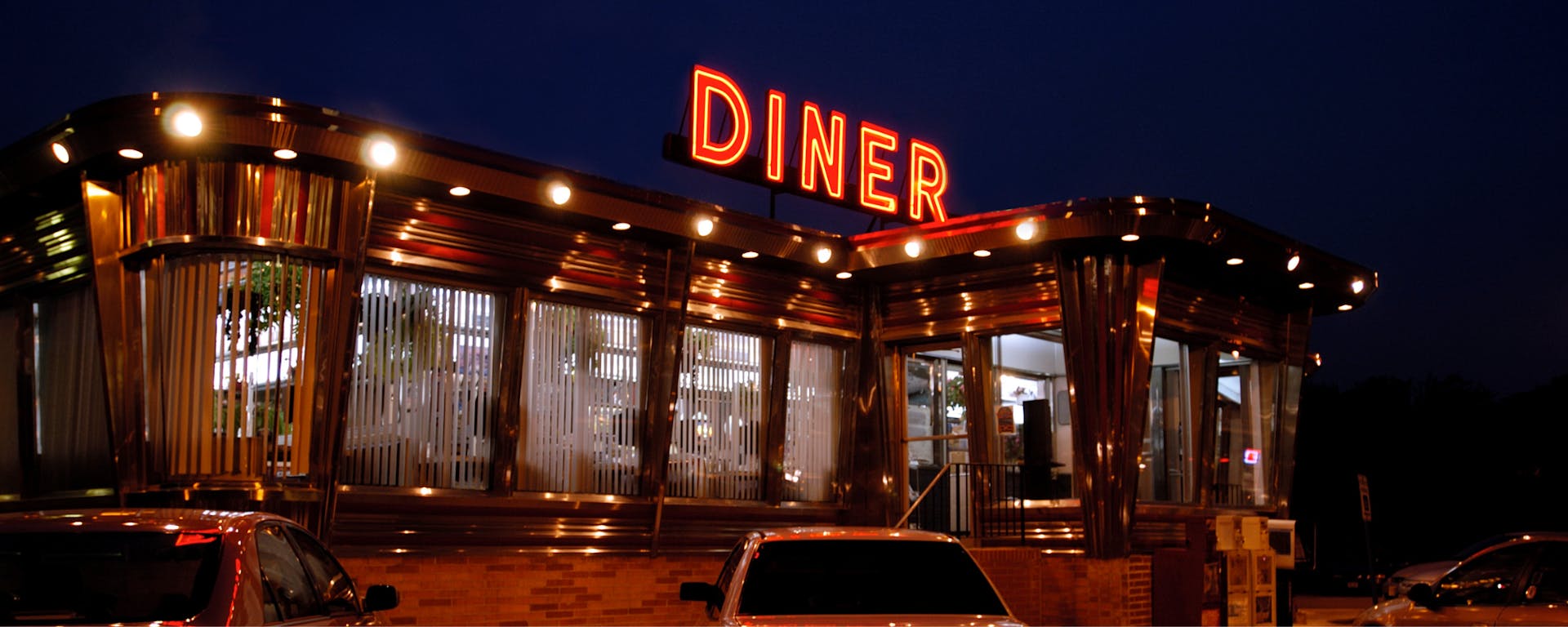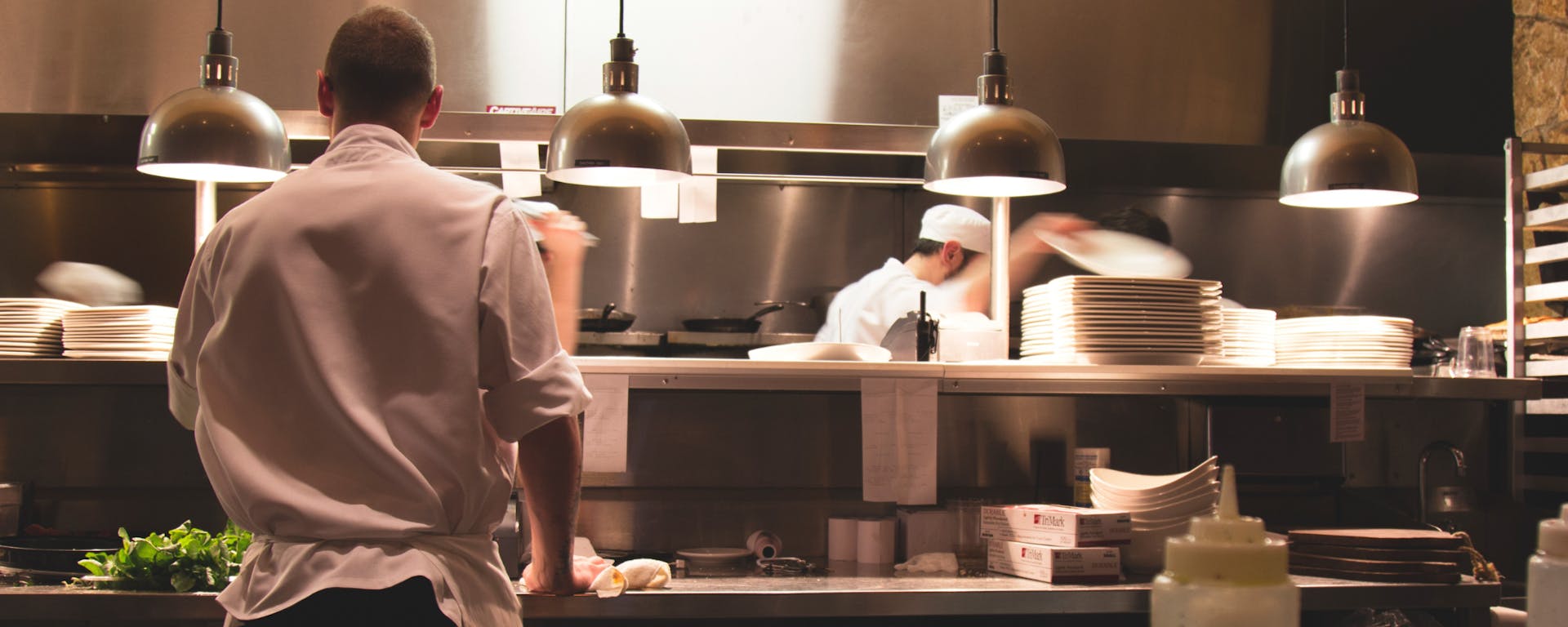Did you know that 60% of customers hang up after being on hold for more than a minute? In the restaurant industry, that could mean hundreds of lost orders each month. Whether it’s managing reservations, handling takeout orders, or coordinating with staff, having a reliable communication system can make all the difference. Here’s a step-by-step guide to successfully implementing a VoIP system in your restaurant.
Key takeaways:
- VoIP offers restaurants a cost-effective, scalable, and efficient communication solution tailored to the demands of the hospitality industry.
- Key benefits include handling high call volumes, integration with online ordering systems, and features like call analytics and auto-attendant for better customer service.
- Restaurants should prioritize factors like call quality, provider reliability, and ease of implementation when adopting a VoIP system.
Understanding what VoIP is and its Role in Restaurants
VoIP technology enables voice calls over the internet rather than traditional phone lines. This modern solution provides advanced features like auto-attendant, call routing, and call analytics, making it ideal for the fast-paced needs of a restaurant.
How VoIP Phone System Benefits Restaurants
VoIP offers significant advantages such as reduced phone bills, improved call handling during peak times, and integration with online ordering systems. It’s also scalable, allowing your restaurant to grow without costly infrastructure upgrades. Let's go through some real-case scenarios:
Deliver exceptional customer service
Real-life scenario: Handling the weekend dinner rush
During the busy Saturday evening hours, a popular Italian restaurant receives a flood of calls for reservations and takeout orders. Without VoIP, staff often miss calls, leaving customers frustrated. With VoIP solution for restaurants:
- Auto-Attendant: Answers calls instantly and routes them: “Press 1 for reservations, 2 for takeout orders.” This saves staff time and ensures calls reach the right person.
- Call Queues: Keeps callers informed of their position: “You’re third in line.” Customers know their calls will be answered, reducing frustration.
- Voicemail-to-Email: After closing, a customer leaves a message requesting a reservation for the next day. The manager checks the email in the morning and confirms the booking before the restaurant opens.
Handle high call volumes effortlessly
Real-life scenario: The morning coffee rush
A downtown café experiences high call volumes from 8–10 AM as customers place takeout orders. In the past, many calls were missed because only one phone line was available. With VoIP:
- Multiple calls are handled simultaneously, allowing customers to place orders without getting a busy signal.
- Staff can focus on preparing orders instead of juggling phone calls, knowing the system will route and manage all incoming inquiries efficiently.
Scale effortlessly as you grow
Real-life scenario: Opening a second location
A family-owned burger joint expands to a second location. Previously, adding a new phone line required significant setup and installation costs. With VoIP:
- Adding new lines for the second location is quick and requires no additional hardware, saving time and money.
- Both locations are connected under the same system, allowing seamless communication between them. The manager at Location A can easily transfer a call to Location B for customer inquiries specific to that location.
Real-life scenario: Reducing monthly phone bills
A mid-sized sushi restaurant switched from traditional landlines to VoIP. Before, the monthly phone bill exceeded $500, with additional fees for international calls. After implementing VoIP:
The restaurant cut phone bills by 50%, saving over $3,000 annually.
The system’s mobile app lets the owner take calls on their smartphone, eliminating the need for separate mobile plans for the business.
Enhance operational efficiency
Real-life scenario: Managing takeout orders and internal communication
A fast-casual restaurant integrates VoIP with its online ordering platform and CRM. Previously, staff struggled to track customer details and coordinate between the front desk and the kitchen. With VoIP:
- Integration with online ordering: Orders placed online are routed directly to the kitchen, ensuring faster preparation and fewer mistakes.
- Internal communication: Staff use VoIP-enabled devices to communicate between the bar, kitchen, and dining area, streamlining coordination and improving service speed.
- CRM integration: The system logs customer order history, allowing staff to personalize service, such as recommending a favorite dish for returning customers.
These examples highlight how VoIP can transform restaurant operations, improving both customer satisfaction and overall efficiency.
Stay connected anytime, anywhere
Real-life scenario: Managing a catering event off-site
A restaurant owner is overseeing a large catering event while ensuring the main location runs smoothly. With VoIP’s mobile capabilities:
- The owner answers incoming calls from the restaurant directly on their smartphone, ensuring no reservations or inquiries are missed.
- Staff at the restaurant use VoIP to communicate any urgent updates or supply needs, keeping operations seamless even in the owner’s absence.
- Orders can be managed remotely, and any customer concerns are handled immediately, maintaining high service standards.
Gain insights with call analytics
Real-life scenario: Improving staff scheduling during peak hours
A steakhouse experiences inconsistent response times during dinner hours, leading to customer complaints. Using VoIP’s call analytics:
- The manager identifies that call volumes spike between 6–8 PM.
- Adjustments are made to staff scheduling, adding an extra host during peak times to answer calls and take reservations.
- Over time, analytics show a 20% improvement in response times, leading to fewer missed calls and higher customer satisfaction.
Advanced features for modern needs
Real-life scenario: Training new staff with call recording
A new hostess joins a busy restaurant and needs guidance on handling customer inquiries effectively. With VoIP solution for restaurants call recording feature:
- The manager uses recorded calls to train the new hostess on handling complex customer scenarios, such as resolving complaints or taking detailed orders.
- The recordings provide real-world examples, speeding up the training process and boosting confidence.
Real-life scenario: Multi-location connectivity for a growing chain
A pizza chain opens three new locations and struggles with coordination between branches. With VoIP:
- All locations are connected under one system, allowing managers to transfer calls and share updates effortlessly.
- Customers can call a single number and be routed to their nearest location, improving service consistency across the chain.
Steps to Successfully Implement a VoIP System
Choosing the right VoIP phone system might be quite difficult without a proper plan. To help with the process, here we listed needed steps that need to be taken:
1. Assess your communication needs
Before choosing a VoIP provider, evaluate your restaurant’s communication requirements:
- Call volume: Determine the number of calls your restaurant handles daily, especially during peak hours.
- Pain points: Identify issues with your current system, such as missed calls, poor call quality, or lack of integration with other tools.
Example: Let's imagine a busy pizzeria that finds out 20% of its calls go unanswered during dinner rush. Switching to VoIP with an auto-attendant would reduce missed calls by 90%.
2. Choose the right VoIP provider
Selecting a reliable provider is crucial. Look for:
- High call quality and uptime: Ensure at least 99.9% uptime to avoid communication disruptions. PBX.IM offers this option for you.
- Scalability: Choose a provider that allows you to easily add or remove lines as your restaurant’s needs change.
- Advanced features: Look for tools like call recording, call monitoring, voicemail-to-email, and analytics.

Pro Tip: Providers like PBX.IM specialize in solutions tailored for restaurants, offering features to handle high call volumes and improve service efficiency.
3. Plan the transition
Switching to VoIP for restaurants requires careful planning to avoid downtime:
- Installation and setup: Work with your provider to ensure a smooth setup process. Schedule the installation during non-peak hours to minimize disruptions.
- Network readiness: Ensure your internet connection can handle VoIP traffic without compromising call quality. Upgrade your bandwidth if necessary.
Example: A café that upgrades its internet plan to support VoIP, would ensure crystal-clear call quality even during peak coffee hours.

... to see how your restaurant can start saving on communication costs today.
4. Train your staff
Introducing new technology can be challenging, so provide hands-on training to ensure staff can use the system effectively. Focus on key features like call forwarding, voicemail, and using mobile apps for remote access.
Pro Tip: Create quick-reference guides or FAQs to help employees get comfortable with the new system quickly.
5. Monitor and optimize performance
After implementation, track the system’s performance to identify areas for improvement:
- Use call analytics to measure metrics like call resolution time and peak call hours.
- Collect feedback from staff to address any challenges they encounter.
Example: A fine-dining restaurant used call analytics to identify busy periods and adjusted staffing to handle higher call volumes effectively.
Conclusion
Successfully implementing a VoIP system in your restaurant can improve communication, enhance customer service, and reduce costs. By assessing your needs, choosing the right provider, and planning the transition carefully, you’ll ensure a smooth integration. With VoIP, your restaurant will be equipped to handle high call volumes, manage reservations seamlessly, and stay connected with staff and customers.

Explore VoIP solutions designed specifically for restaurants. Let’s help you enhance efficiency and customer satisfaction!
FAQs
What equipment is needed to implement a VoIP system in my restaurant?
You’ll need a stable internet connection, compatible devices (like VoIP-enabled phones or computers), and a router that can handle VoIP traffic. Many providers also offer mobile app options for added flexibility.
How long does it take to set up a VoIP system?
The setup process typically takes a few hours to a few days, depending on the size of your restaurant and your current infrastructure. Providers usually schedule installations during non-peak hours to minimize disruptions.
Can VoIP handle high call volumes during busy hours?
Yes, VoIP is designed to handle multiple calls simultaneously. Features like auto-attendants and call queues ensure that no customer call is missed, even during peak times.
How much does a VoIP system cost for a restaurant?
Costs vary based on the provider and features selected. However, VoIP generally reduces expenses by offering lower call rates and eliminating the need for traditional phone hardware, making it a cost-effective solution for most restaurants.

I’m a VoIP product strategist with hands-on experience building and scaling communication tools. At PBX.IM , she simplifies complex topics like SIP and cloud telephony to help businesses make smart, confident tech decisions.


